by C. S. Lewis
Much has been written about this first of the venerable children’s series. I’m going to focus on the use of language, specifically word choice, to both protect the young reader and to build emotional impact.
An idiom reads, “Adventure is something dangerous happening to someone else far, far away.” Lewis uses both common and uncommon techniques to insulate the child reader from the adventure by emphasizing that old idiom. The story is written in 3rd person, which insulates the reader to some extent. On page 64, the children had realized they were lost just before meeting Mr. Beaver. “Let’s go home,” said Susan. And then, though nobody said it out loud, everyone suddenly realized the same fact that Edmond had whispered to Peter at the end of the last chapter. “They were lost.” This technique clarifies to the young reader two things in rapid succession. The children are lost, and this is not real. Use of the word “chapter” helps break the emotional connection to the characters children often make when reading. It is similar to what an adult would do when informing someone that someone else is in the hospital after an injury. They may start by saying, “He is in the hospital and doing well…” as a way to introduce the news of an accident. The listener understands immediately the threat, but also that the threat is past. A very neat and concise mechanism that many children will not even notice.
On page 68, Lewis continues telling the story in emotionally charged language while continuing to insulate the reader. When they met Aslan, “Each of the children felt a jump on it’s inside.” By using IT’S instead of HE or SHE, the author almost meters the impact to the child reader. Going on at length about the awe that the children and other creatures felt in the presence of the King of the Jungle, he again uses word choice to make a very small change that should go unnoticed to the child but will still help them to step back from the characters. No child thinks of himself or herself as “IT”.
The author also pretends to be reading to the child. On page 104 one of the characters voice “sounds pale”. The reader is abruptly interrupted by the narrator “(I hope you know what I mean by a voice sounding pale.)” as a grandparent or older person would say as an aside. Again this gives the child reader a sense of an insulating body, the unknown person reading to them, who is present. Such a person would, of course, not read anything truly terrible. As a result, the child is able to empathize with the characters safely, knowing he/she is protected.
When Susan and Lucy were miserable after Aslan’s death, the most critical and emotionally packed part of the story, Lewis continues, “I hope no one who reads this book has been quite as miserable as Susan and Lucy were that night.”, again letting the reader step back from the sorrow. Lewis allowed the emotional buildup through Aslan’s murder and through the children rushing to his side. He only allows the relief after grief has set in by having the narrator make another side comment.
Throughout the story, Lewis elevates the emotional involvement of the reader while ensuring that it peaks for only short times or levels off before the child is traumatized. This was much more important in the 1950s, when it was published, than in a culture where children are inured to violence like the present day.
Lewis also introduces some notable concepts to the child reader using dialogue. When Lucy, fearfully approaching Aslan, asks if he is safe, she is told, “SAFE! Who said anything about SAFE! But he is GOOD!” Introducing the child to the concept that capability of threat should be separate from intent.
When describing the inhuman ice queen, the children are told, “When you meet anything that is going to be human and isn’t yet, or used to be human once and isn’t now, or ought to be human but isn’t, you keep your eyes on it and feel for your hatchet.” While this covers the ice queen character quite well, it also describes others. “Anything that is going to be human but isn’t yet” is clearly a child. “Used to be human once and isn’t now” could be anyone with a broken psyche or someone who believes that “human” laws do not apply to them (violent criminals or religious radicals), and “Ought to be human but isn’t” can apply to those in a position of trust (priests and guardians) as well as animals a child would instinctively trust. Comparing children to those other groups is interesting in a children’s book. But, it does encourage the reader to be wary of children as it would strangers and unknown animals.
All together, C. S. Lewis combines insightful word choice, and concise language to impart important lessons; characters that are good role models on behavior and an engaging story. Children will remember the excitement and the feel sense of protection the narrator provides.
Lesson plans can be found at:
http://www.sparknotes.com/lit/lion/
Friday, May 4, 2007
Subscribe to:
Post Comments (Atom)


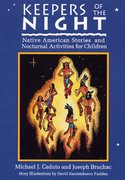



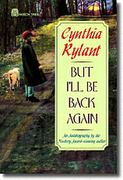

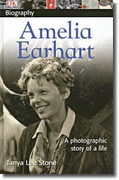

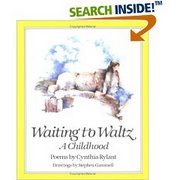

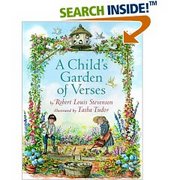
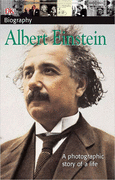
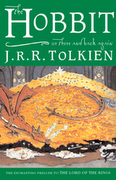
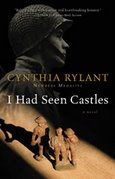
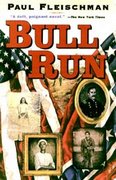
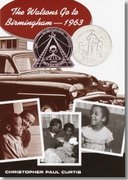
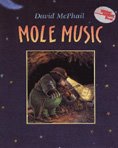
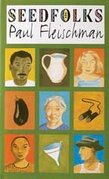


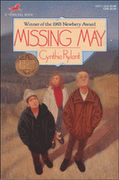
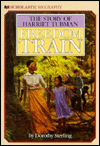
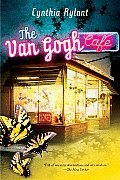





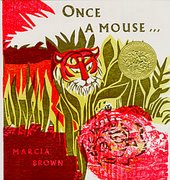
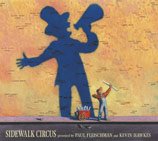
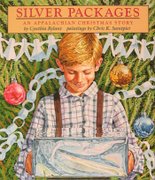
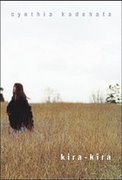

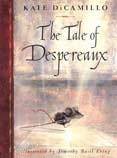

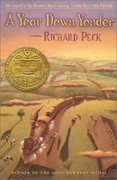


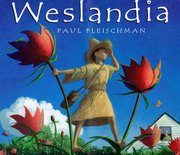

No comments:
Post a Comment